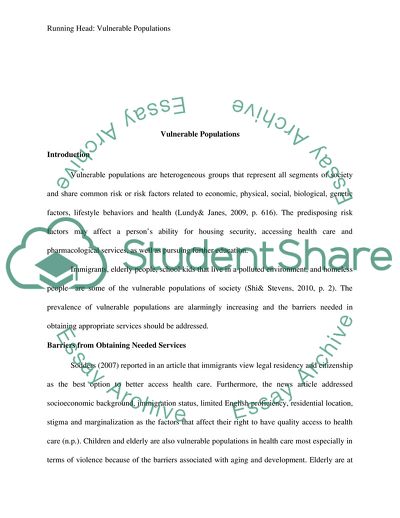Not Found (#404) - StudentShare. https://studentshare.org/medical-science/1754765-improving-healthcare-for-vulnerable-population
Not Found (#404) - StudentShare. https://studentshare.org/medical-science/1754765-improving-healthcare-for-vulnerable-population.


